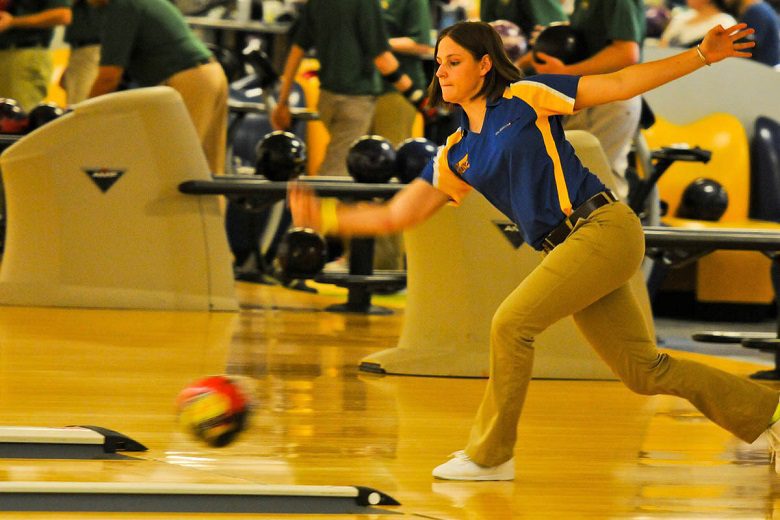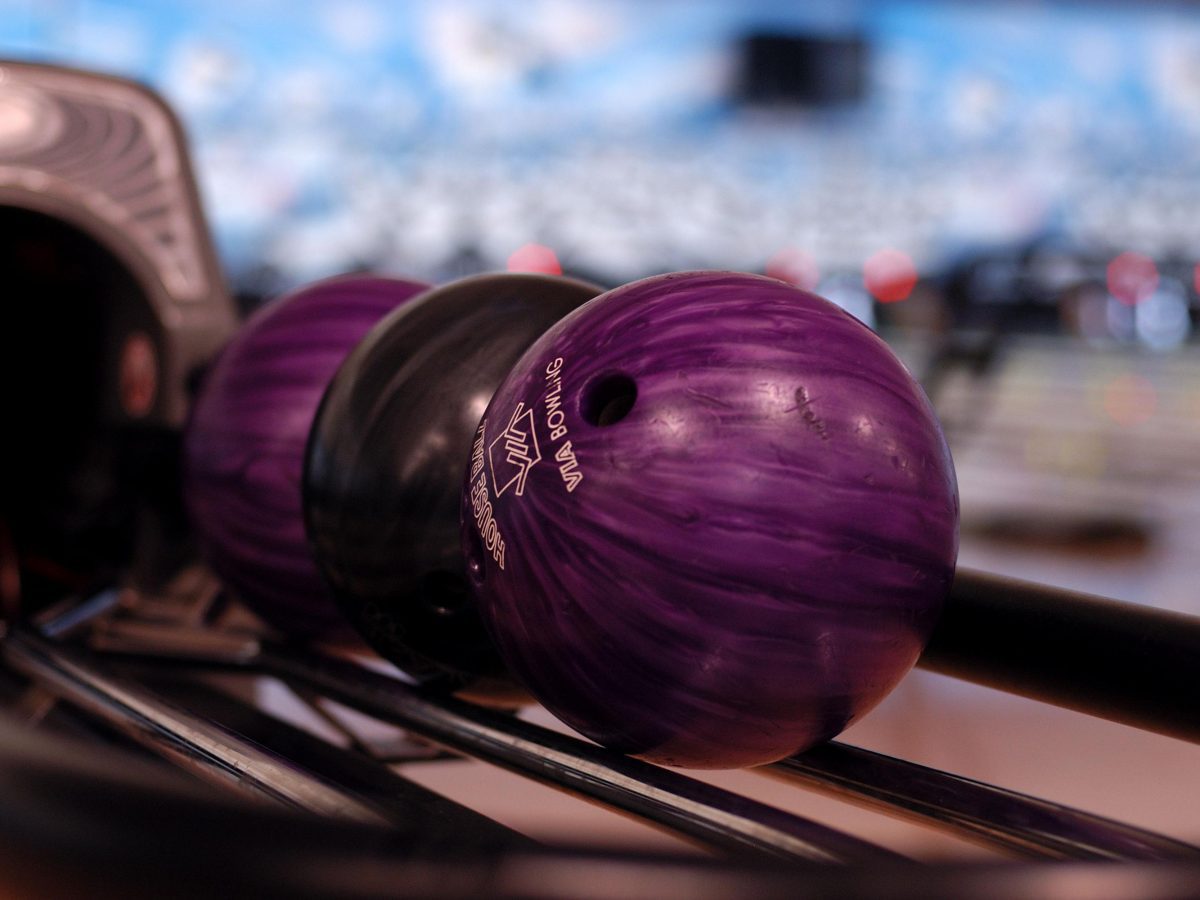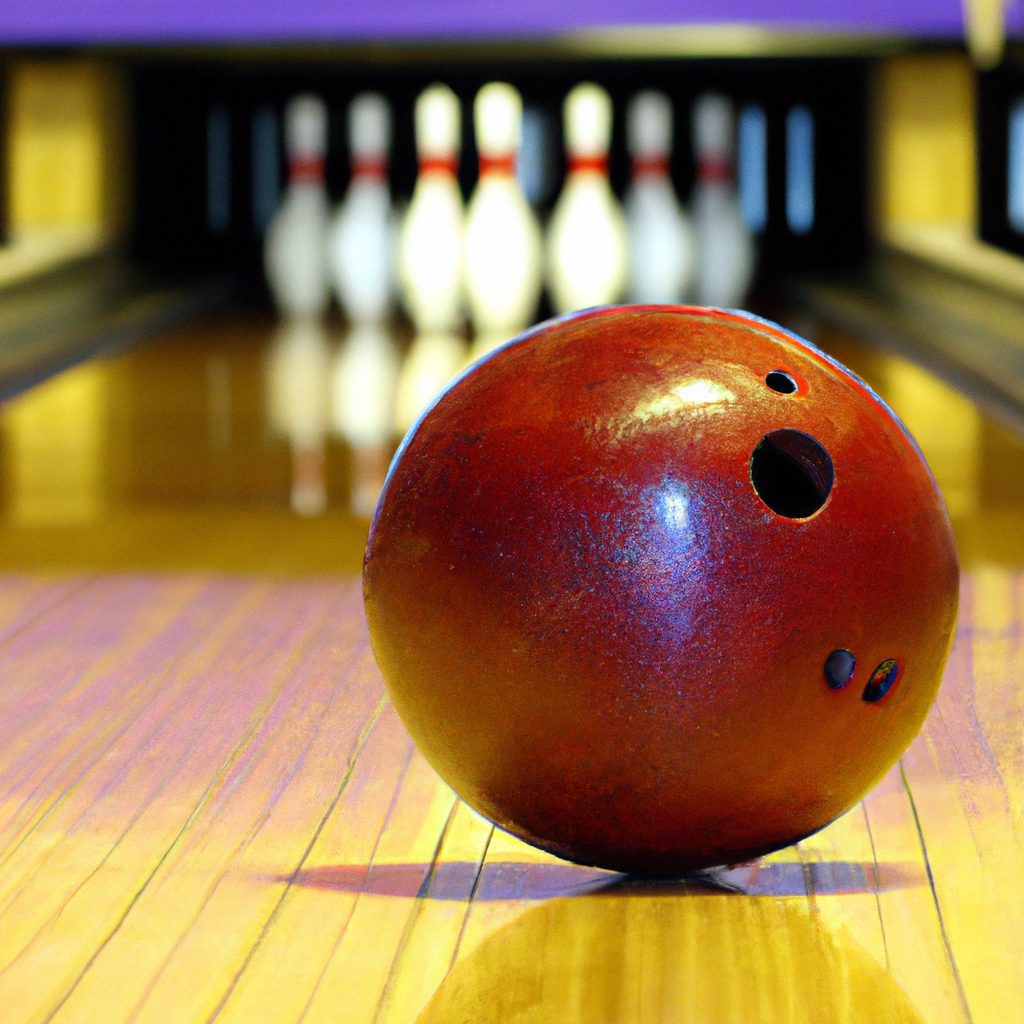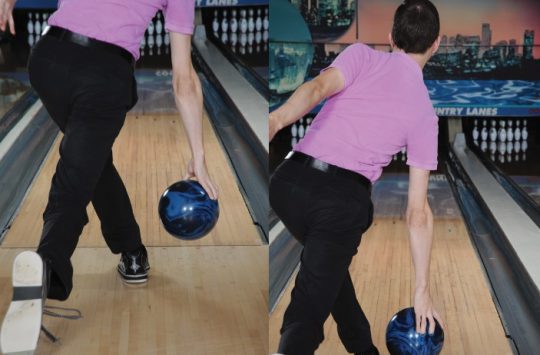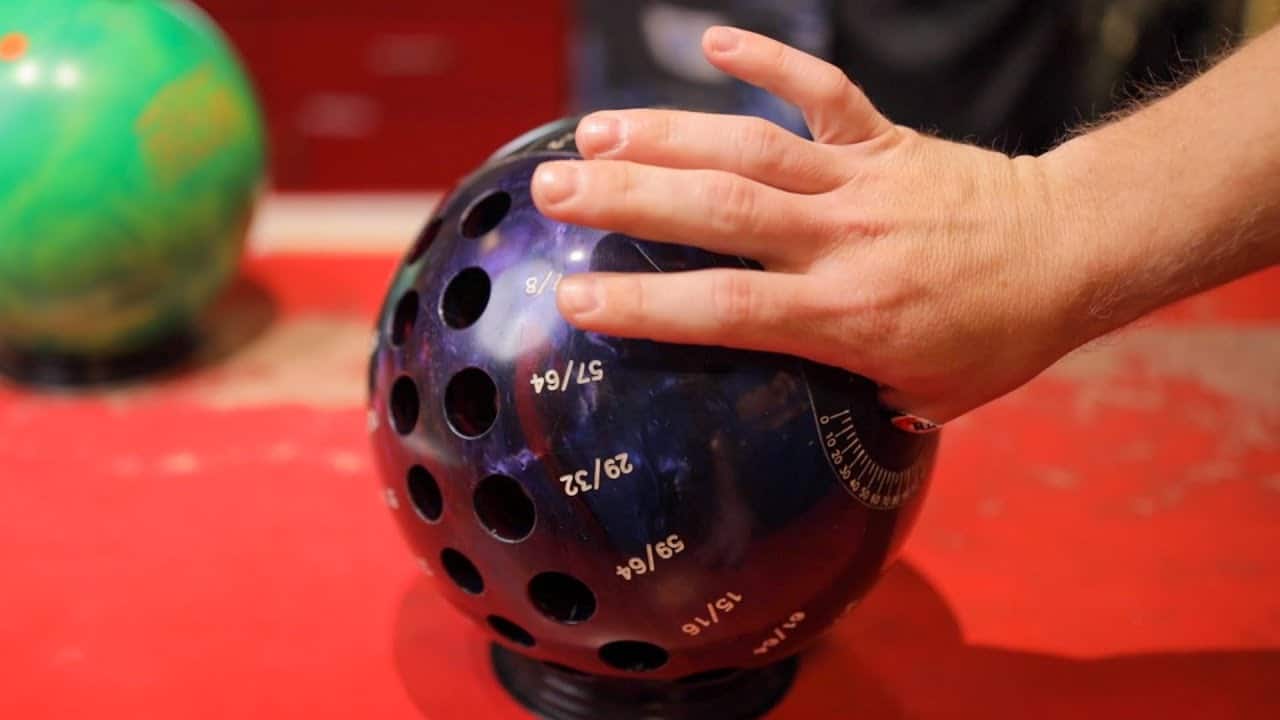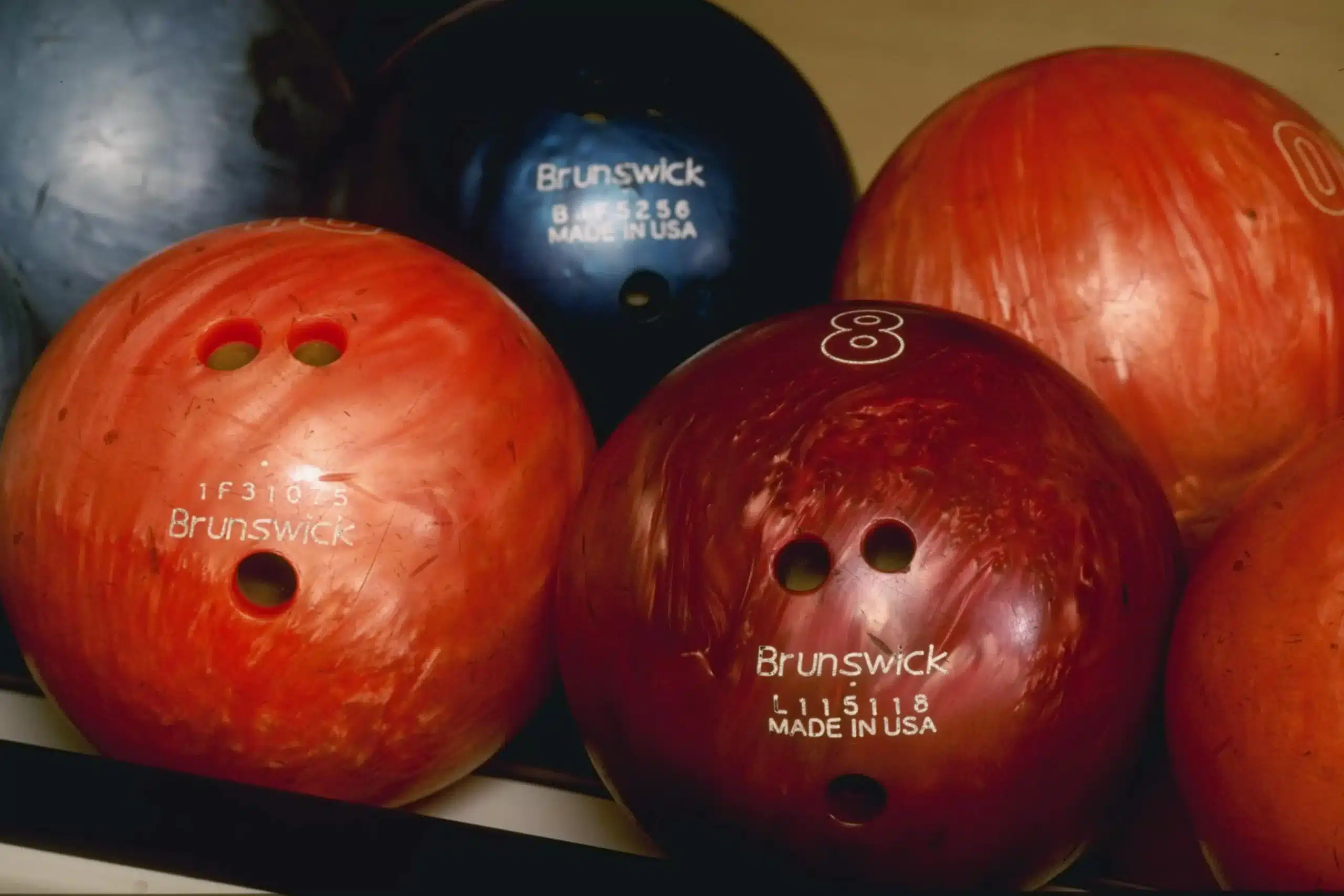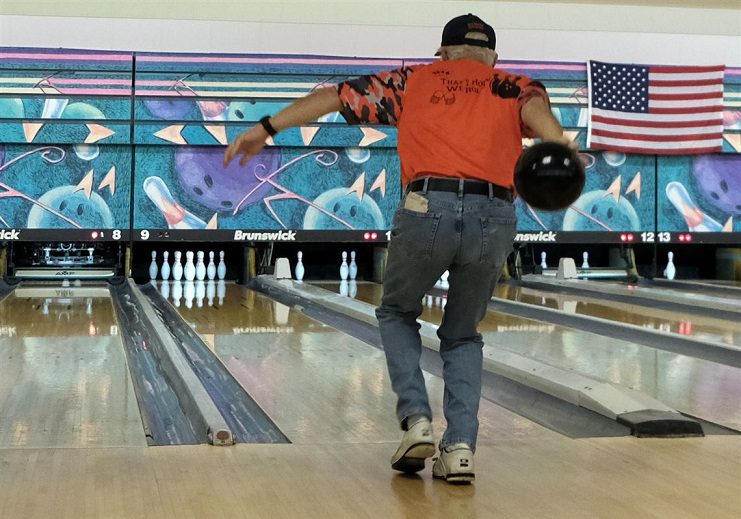Have you ever wondered about the precise distance between those intriguing triangular formations of bowling pins? Well, we’ve got the answer for you! In this article, we will explore the fascinating world of bowling and reveal the exact measurement of the space between each pin. So, get ready to unravel the mystery and gain a deeper understanding of this beloved sport.
Review contents
The Basics of Bowling
Bowling is a popular game that has been enjoyed by people of all ages for many years. It is a social and competitive sport that requires skill, precision, and strategy. In this article, we will explore the basics of bowling, including the game itself, bowling pin placement, and the dimensions of a bowling alley.
The Game of Bowling
bowling is a game played with a bowling ball and a set of bowling pins. The objective of the game is to knock down as many pins as possible in one or more turns. A bowler stands at the end of a bowling lane and rolls the ball towards a set of ten pins placed at the other end. The pins are positioned in a pyramid-like formation, with the front row consisting of one pin, the second row of two pins, and so on. The bowler gets two chances, or rolls, to knock down all the pins. If all ten pins are knocked down in the first roll, it is called a strike. If it takes two rolls to knock down all the pins, it is called a spare.
Bowling Pin Placement
Bowling pin placement refers to the specific positioning of the pins on the bowling lane. The pins are arranged in a predetermined pattern to ensure fairness and consistency in the game. The standard pin placement for most bowling games is known as the ten-pin arrangement, where there are ten pins placed in a triangle shape. The front pin, also known as the head pin, is located at the center of the triangle, and the other pins are positioned behind it in two rows.
Understanding Bowling Alley Dimensions
To fully understand bowling pin placement, it is important to have a basic understanding of the dimensions of a bowling alley. A bowling alley consists of multiple lanes, each with its own set of pins and players. The length and width of a bowling lane can vary, but there are standard dimensions that most bowling alleys adhere to for consistency and fairness in the game.
Standard Dimensions of a Bowling Alley
Regulation Bowling Alley Size
A regulation bowling alley typically measures 60 feet in length from the foul line to the pin deck. However, there are some variations in lane lengths, especially in older bowling alleys or those with limited space. The width of a bowling alley is usually around 42 inches, accommodating the players, equipment, and bowling pins.
Bowling Lane Length
The length of the bowling lane is an essential factor in determining the distance between the foul line and the pins, as well as the overall space available for the game. A longer lane allows for a greater distance between the foul line and the pins, requiring more skill and accuracy from the bowler.
Bowling Lane Width
The width of a bowling lane ensures that players have enough space to comfortably throw the ball without interfering with other players. It also provides room for the pins to be set up in the correct formation. The standard width of a bowling lane is wide enough to accommodate the players and the bowling ball, while still allowing for proper pin placement.
Distance from Foul Line to First Pin
The distance between the foul line and the first pin is an important measurement that affects the difficulty of the game. The regulation distance is usually around 60 feet, but it can vary depending on the specific bowling alley. This distance requires bowlers to have enough power and accuracy to effectively knock down the pins.
Overall Bowling Pin Placement
Taking into account the dimensions of a bowling lane, the pin placement is carefully calculated to ensure a fair and challenging game. The standard ten-pin arrangement places the pins in a triangular shape, with the head pin at the front and the remaining pins behind it. This placement allows for a variety of strategies and techniques to be used by bowlers.
Bowling Pin Placement and Spacing
Standard Pin Spacing
The spacing between the pins is an essential factor in bowling pin placement. In the standard ten-pin arrangement, the pins are spaced evenly to ensure fairness and consistency in the game. The spacing between the pins is determined by the dimensions of the bowling lane, as well as the size and weight of the bowling ball.
Ten-Pin Bowling Pin Placement
In ten-pin bowling, the most common form of bowling, the pins are placed in a triangular shape. The headpin, also known as the 1-pin, is placed at the front and center of the formation. The other pins are positioned behind it, with the 2 and 3 pins forming the second row, the 4, 5, 6 in the third row, and finally the 7, 8, 9, and 10 pins in the back row.
Bowling Pin Spacing for Other Types of Bowling
Other types of bowling, such as candlepin and five-pin bowling, have different pin placements and spacing. In candlepin bowling, the pins are thinner and taller than in ten-pin bowling, and they are placed in a triangular formation. The spacing between the pins is closer together compared to ten-pin bowling, making it more challenging to knock them all down. Five-pin bowling, on the other hand, uses smaller, cylindrical pins that are arranged in a V-shaped formation. The pins are positioned much closer together, requiring precision and accuracy from the bowler.
Factors Affecting Pin Placement
Bowling Pin Design and Weight
The design and weight of the bowling pins can have an impact on their placement. Modern bowling pins are typically made of a combination of wood and synthetic materials, with a weight ranging from 3 pounds 6 ounces to 3 pounds 10 ounces. The weight distribution and shape of the pins affect their stability and how they react to the impact of the bowling ball.
Bowling Ball Size and Weight
The size and weight of the bowling ball also play a role in pin placement. Bowling balls can vary in weight, ranging from 6 pounds to 16 pounds. The size and weight of the ball determine how much force and momentum it can generate, which in turn affects how the pins are knocked down. A heavier ball may require a different pin placement to ensure an appropriate challenge for the bowler.
Bowling Lane Conditions
The condition of the bowling lane, including the oil pattern applied to it, can impact pin placement. The oil pattern affects the way the bowling ball rolls and interacts with the pins. Different oil patterns can result in varying amounts of ball hook, making it necessary to adjust the pin placement to accommodate for these differences. The lane conditions can also affect the overall speed and angle at which the pins are struck by the ball, influencing their movement and placement.
Bowling Pin Placement Regulations
United States Bowling Congress (USBC) Rules
In the United States, bowling pin placement is regulated by the United States Bowling Congress (USBC). The USBC sets the standards and guidelines for bowling equipment, including pins. These regulations ensure consistency across bowling alleys and leagues, as well as provide a fair playing field for bowlers of all skill levels.
International Bowling Federation (IBF) Rules
Internationally, bowling pin placement is regulated by the International Bowling Federation (IBF). The IBF sets the standards and rules for the sport of bowling worldwide. These regulations cover all aspects of bowling, including pin placement, lane dimensions, and equipment specifications. The goal of these regulations is to promote fair play and uniformity in the sport across different countries and competitions.
Variations in Pin Placement Rules
While there are standard regulations for pin placement, there can be some variations depending on the specific league or tournament. Some bowling leagues may have their own rules regarding pin placement, allowing for slight adjustments based on the skill level of the bowlers or the desired level of difficulty. These variations can add an extra element of challenge and excitement to the game.
History of Bowling Pin Placement
Early Pin Placement
The origins of bowling can be traced back thousands of years to ancient civilizations in Egypt and Rome. In these early forms of bowling, the pins were not arranged in a specific pattern or formation. Instead, they were simply placed in a row and knocked down by the players. As the game evolved over time, the concept of pin placement began to emerge, adding a strategic element to the game.
Evolution in Pin Spacing
In the early days of bowling, pin spacing was not standardized, and there were a wide range of variations in pin placement. Different regions and countries had their own unique pin arrangements, with some using more pins and others using fewer. Over time, the need for consistency and fairness in the game led to the establishment of standard pin spacing and placement.
Modern Standardization
Today, bowling pin placement has been standardized to ensure consistent and fair play. The standard ten-pin arrangement, with its triangular formation, has become the most widely accepted and recognized pin placement in the sport. This standardization has allowed for the development of strategies and techniques that have become integral to the game of bowling.
Techniques and Strategies for Pin Knockdown
Optimal Ball Path
One of the key factors in knocking down pins is the path of the bowling ball. The optimal ball path depends on several factors, including the pin placement, lane conditions, and the bowler’s skill level. Experienced bowlers often aim for the pocket area, which is the space between the headpin and the pins immediately next to it. Striking the pins in this area maximizes the chances of a strike or a spare.
Targeting Specific Pins
Sometimes, a bowler may need to target specific pins to achieve the desired outcome. This strategy is often used in spare conversions, where the bowler aims to knock down specific pins that have been left standing after the first roll. By targeting specific pins, bowlers can increase their chances of converting spares and maximizing their score.
Strategies for Spare Conversion
Converting spares is an important skill in bowling, and there are various strategies that bowlers can employ to increase their success rate. For example, the “cross-lane” method involves aiming at the opposite side of the lane to convert a spare. This strategy is often used when there are multiple pins left standing on one side of the lane. By targeting the opposite side, bowlers can increase the chances of hitting the remaining pins and successfully converting the spare.
Importance of Pin Placement in Bowling
Affect on Scoring
Pin placement plays a significant role in determining the score in a game of bowling. The arrangement of the pins can affect how easily or difficult it is to knock them down, which in turn impacts the number of points a bowler can score. Different pin placements can provide varying levels of challenge, making scoring higher or lower depending on the skill level of the bowler.
Challenges and Tactics for Bowlers
Pin placement adds an element of challenge to the game of bowling, requiring bowlers to adapt their techniques and strategies based on the specific arrangement of the pins. Bowlers must consider the spacing between the pins, the oil pattern on the lane, and the lane conditions when determining how to approach their shots. Adjusting their targeting and adjusting their ball speed and angle are common tactics used by bowlers to overcome the challenges of pin placement.
Role in Competitive Bowling
In competitive bowling, pin placement can have a significant impact on the outcome of a match. The position of the pins can influence the strategies and tactics that bowlers employ to achieve the highest score possible. Understanding pin placement and being able to adapt to different arrangements is critical for success in competitive bowling. It requires a combination of skill, experience, and an understanding of the lane conditions to effectively navigate the challenges posed by pin placement.
Bowling Pin Placement Safety
Importance of Proper Pin Placement
Proper pin placement is not only important for fair play and competition but also for safety reasons. Bowling is a physically demanding sport, and the placement of the pins can impact the safety of the players and surroundings. When the pins are positioned correctly, it reduces the risk of the ball hitting other objects or causing injury to players or spectators.
Preventing Pin Tipping or Falling
Accurate pin placement plays a crucial role in preventing pins from tipping or falling during the game. When the pins are evenly spaced and placed securely on the pin deck, they are less likely to be knocked over prematurely. This ensures that the game can be played smoothly, without interruptions or delays caused by pin falls.
Maintaining a Secure Bowling Area
Proper pin placement also helps to maintain a secure and controlled bowling area. By following the designated guidelines and regulations for pin placement, bowling alleys can create a safe environment for players and spectators. This includes ensuring that the pins are positioned in a way that minimizes the risk of injury and allows for a smooth flow of the game.
Innovations and Trends in Pin Placement
Technological Advancements
Technological advancements in the sport of bowling have led to innovations in pin placement. Automated pinsetters have made it easier to set up and adjust pin placement quickly and accurately. These machines use sensors and computer algorithms to precisely position the pins on the pin deck, ensuring consistent and reliable gameplay.
Customization for Different Skill Levels
Bowling establishments have also introduced customization options for pin placement to cater to different skill levels. Some bowling centers offer variations in pin placement for beginner or youth leagues, providing a more manageable challenge for less experienced bowlers. This allows beginners to develop their skills and gradually progress to the standard pin placement as they improve.
Revolutionary Bowling Pin Designs
In recent years, there have been advancements in bowling pin design that have impacted pin placement. Some manufacturers have introduced new pin designs that feature additional weight distribution and unique shapes. These innovations can result in different pin reactions and behaviors when struck by the ball, requiring adjustments in pin placement to accommodate for these changes.
In conclusion, understanding the basics of bowling pin placement is essential for both casual and competitive bowlers. The dimensions of a bowling alley, along with the specific rules and regulations set by organizations like the USBC and IBF, provide a framework for fair play and consistent gameplay. Pin placement affects scoring, challenges and tactics for bowlers, and the overall safety and enjoyment of the game. As technology and innovation continue to influence the sport, pin placement will undoubtedly evolve, adding new dimensions to the game of bowling.




![Spare bowling ball Top 10 in 2024. (reviews) Top 10 Best Spare Bowling Balls [2021 Reviewed]](http://landofbowling.com/wp-content/uploads/2021/07/Top-10-Best-Spare-Bowling-Balls-2021-Reviewed.jpg)










